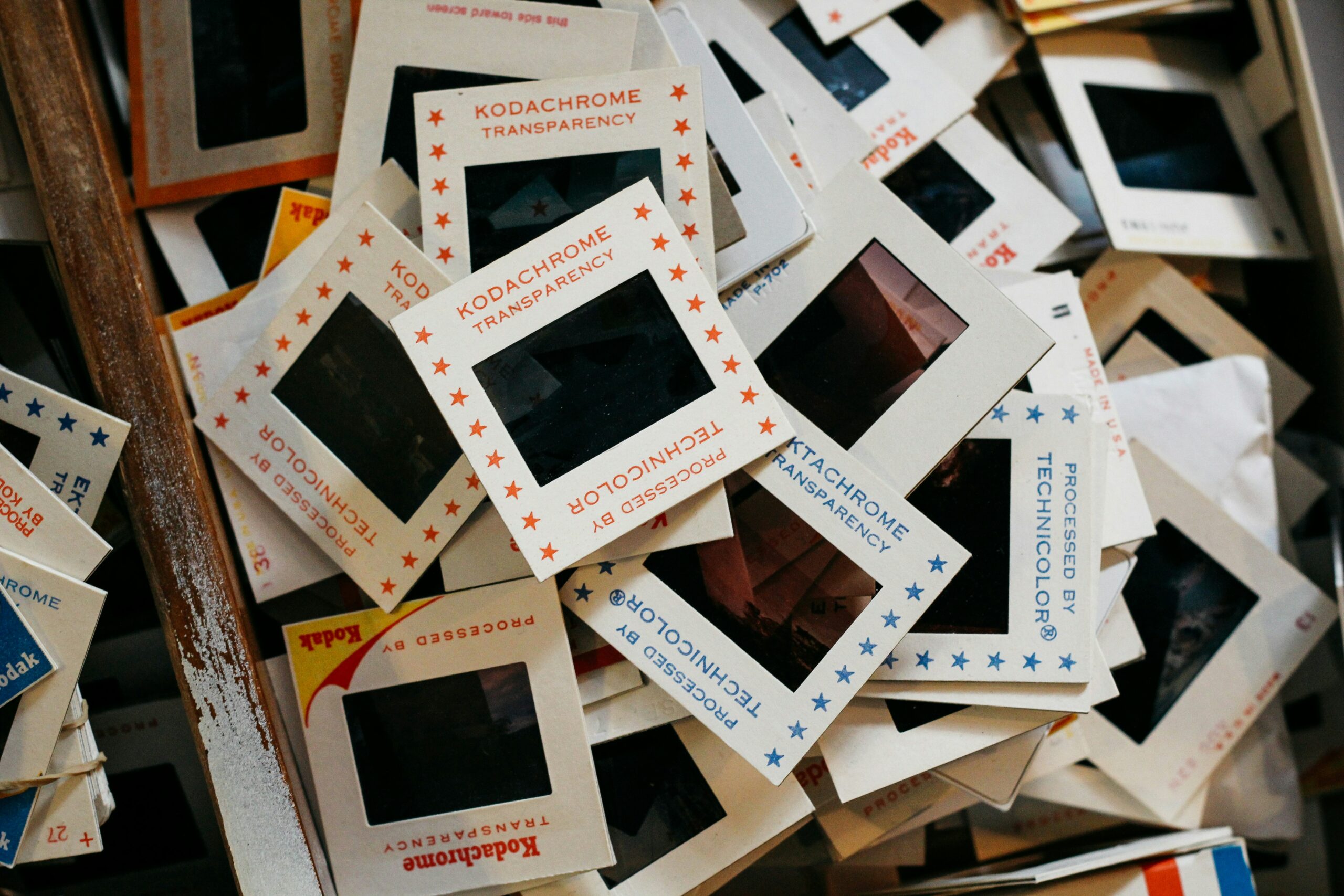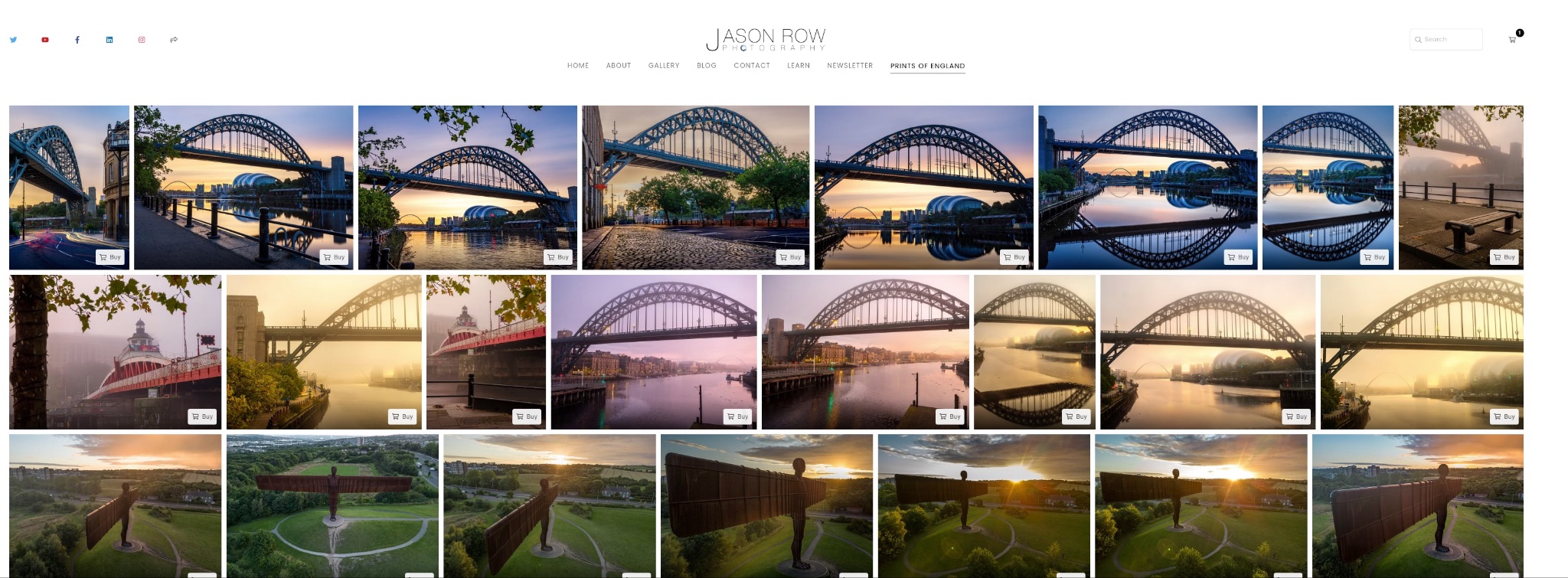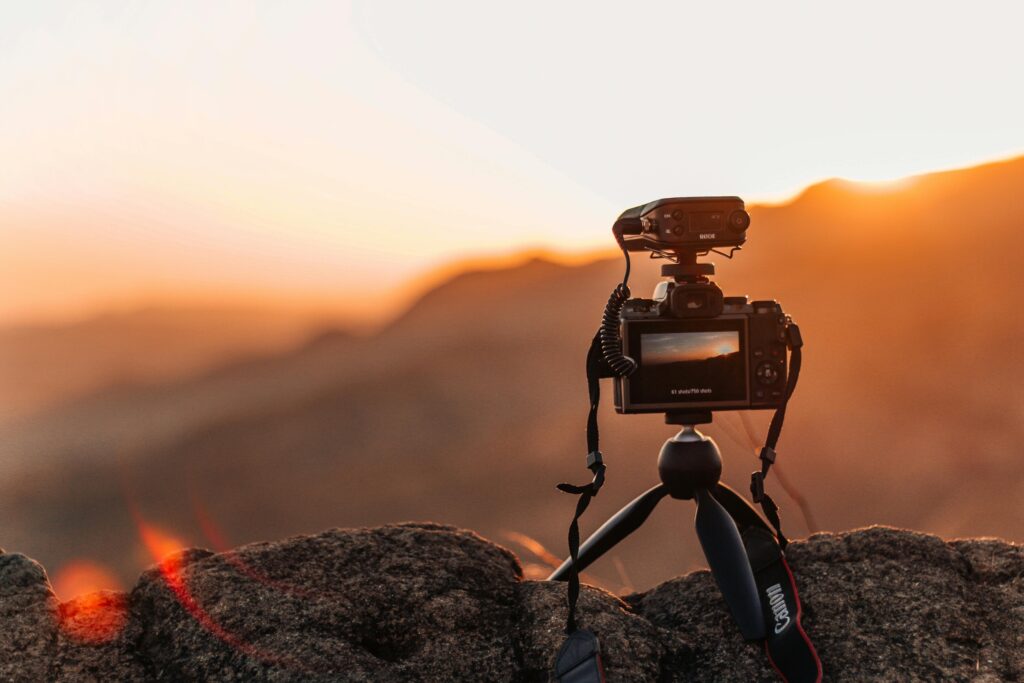Google, “making money from photography” and you will find thousands if not millions of hits. Many of those will be articles that discuss how you can make money from selling your images through stock agencies.
I have written here on Light Stalking about submitting and selling your images through these agencies. However, today I am here to tell you why I now only submit to one agency, one that still, generally pays a reasonable amount of commission.
Before we go to far, we should look back a little at the history of photographic stock agencies.
Stock Agencies Back In The Day
Photographic stock agencies are by no means a product of the digital age. They have been around for decades, serving the needs of companies that did not have the budget for a photographer to shoot a specific theme.
In the late 80’s I worked as a conference producer, and we would routinely buy in stock images. It was a very different world then. We would call the agency and tell them what we were looking for. They would then send us an envelope full of sealed transparencies. If we sent them back with the seal broken, we would be charged a commission on them. That commission would be quite a substantial amount.
From the film photographer’s point of view, you would have to send the agency your transparencies with a spreadsheet of captions and descriptions. The agency would make copies of the transparencies to send to clients. If you made a sale, the commission was often quite hefty, over 50% of the sale value.

This is how we used to submit stock. By Jason Leung.
This continued into the early days of digital. In the early 2000s I was with both Alamy and Getty. The Getty we know now is very different to the Getty at the beginning of the millennium. I would usually get 3 figure sums from both agencies, sometimes close to four figures.
All that changed with microstock.
Amongst the first was iStockphoto followed by many others. The concept was simple, pile them high and sell them cheap. As photographers, in the beginning, it worked. Yes, you had to submit huge numbers to make any money but you got much more frequent sales so things almost balanced out.

Shareholders Over Providers
Something changed in the late 2000s. Agencies began to prioritize profits and shareholders over their providers. Commissions to photographers were slashed, and membership schemes were introduced whereby photographers shared commissions amongst the downloaded files.
This was all very opaque with the photographer having no idea how many images sold and for how much.
The writing was on the wall when iStock bought Getty. In a matter of months, three figure commissions turned to cents. I pulled out of iStock when I started getting commissions of single cents. This was frankly insulting and made no sense for me to continue. They had literally devalued to nothing the product that made them.
Over time other agencies followed suit in a downward spiral to the bottom.

Microstock Today
Microstock today is awash with images, many of them pretty poor. They claim to check each image with quality control yet some agencies simply pass everything, others refuse images giving you generic excuses that have no relevance to that image.
The irony is that they fail to see that their lack of effective quality control makes it virtually impossible for good-quality images to be seen. Good quality images can only come from good editing and keywording and that takes time. Therefore photographers have reached a point where that time is simply not worth the effort so they just submit without much editing or keyword research.
Given the miserly commissions on offer, even the best stock photographers would struggle to make ends meet or justify the time against the reward.
I certainly fit into that category.

I Still Submit Stock
I made a conscious decision around 18 months ago not to submit any images to the microstock agencies. However, I do still submit to one agency, Alamy. I have been with Alamy from the very early days, my first sale was in 2003 and got me around a $350 commission.
Whilst Alamy has strayed towards microstock in some aspects, they still maintain rights-managed licenses, and more importantly, they still have a good quality control.
Their QC will reject every image in a batch if it finds one that is not up to their standard. However, they will tell you exactly why that image has been rejected. This allows you to make sure that future submissions are high enough quality.
The end result of this is that Alamy has much higher quality images in its catalog and therefore can command a higher price for those images.

That’s not to say it’s perfect.
I still get commissions for very low dollar amounts but whilst I rarely get three-figure sums, I do generally get high two-figure sales. Clearly not the halcyon days of the turn of the millennium but significantly better than the current day microstock.
What Are The Other Options?
Quite honestly if you want to spend time trying to sell your images, then my best advice is to spend that time on your own website. I have sold licenses through my website, most notably to National Geographic in Spain amongst others.
The advantages of selling through your own site are, firstly, you are the curator of your work and secondly, you can offer other products and services.
I have my website set up, not only to sell digital licenses but also I have recently added the option to buy prints and photographic education. Selling prints allows me to sell large-format, premium products for good prices to people who appreciate my work
You will need to spend time elevating your website’s SEO and marketing. However, the way I look at it is this time is spent making money for myself not for someone else.

Microstocks, in my opinion, are not a good option for making money from your photographs. Back in the day as an enthusiast, you could make a few dollars here and there and overall the time involved gave a reasonable return.
These days the simple question is, would you want to spend hours of your time per week in return for commissions in cents? For me, that’s a resounding no. I prefer to spend my time selling images for a good price to high-quality customers rather than a third party virtually giving my work away to the unknown.





4 Comments
Wise man!
I sell on Alamy, sold $167 last month (but nothing so far this month. Presumably to deter those not putting in the necessary hours, you now have to achieve $250 in sales, July – May, or else your commission will drop from 40% to 20%
I’ve submitted quite a few photos. The problem I seem to have is finding the correct search terms. What do you do to get your pictures seen?
I submit photos to Alamy but have yet to sell anything. The main problem as I see it is the search terms. What can I do to make my pictures more discoverable?